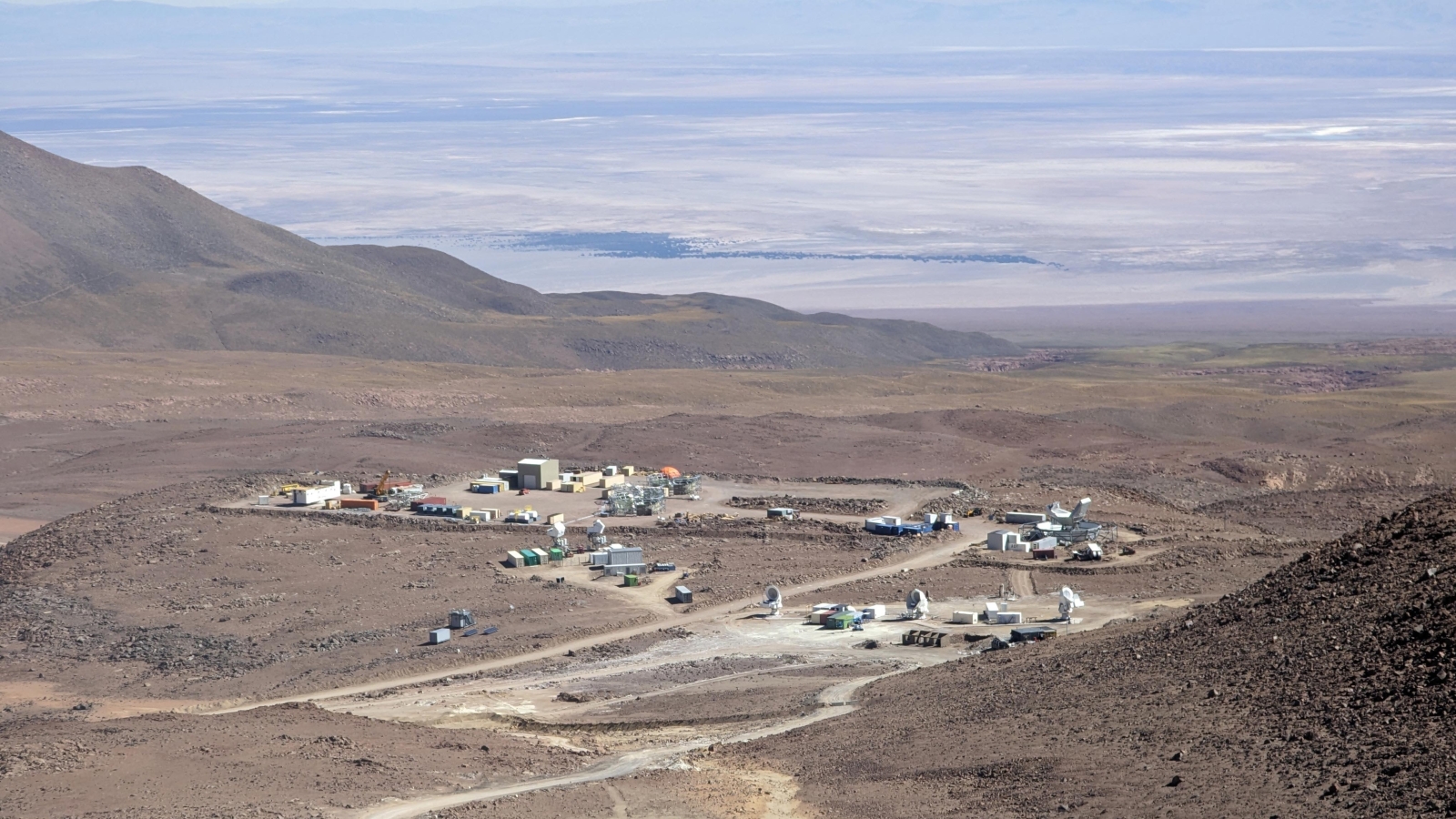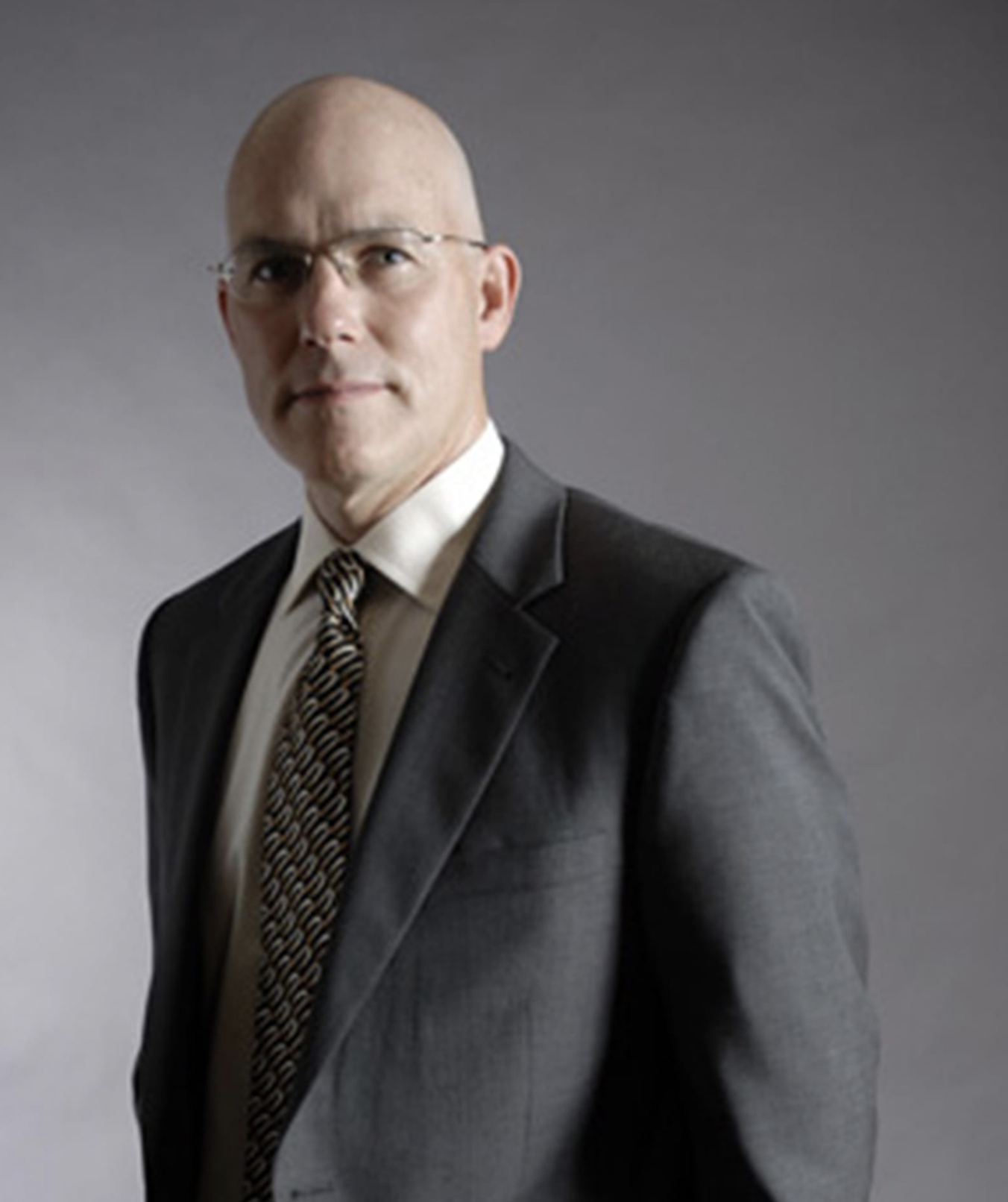Mark Devlin and Colleagues Awarded NSF Grant to Upgrade Prominent Observatory
The Reese W. Flower Professor of Astronomy and Astrophysics will oversee state-of-the-art improvements to the Simons Observatory.

Mark Devlin, Reese W. Flower Professor of Astronomy and Astrophysics, and colleagues have been awarded a Mid-Scale Research Infrastructure-2 grant from the National Science Foundation (NSF). Devlin will act as the principal investigator, with co-investigators at Princeton University and the University of Chicago, and collaborators at other institutions in the U.S. and abroad. Mathew Madhavacheril, Assistant Professor of Physics and Astronomy, and James Aguirre, Associate Professor of Physics and Astronomy, will also be instrumental in the project.
The $52.66 million grant will fund a major infrastructure upgrade to the Simons Observatory (SO). Located in the high Atacama Desert in Northern Chile at an altitude of 5,200 meters, SO provides scientists an unprecedented glimpse into the nature of fundamental physical processes that have governed the origin and evolution of the universe since the dawn of time itself. SO uses an array of four telescopes, which will have 100,000 detectors on-sky, more than any other cosmic microwave background (CMB) experiment.
A five-year project phase will result in the completion of the upgraded Advanced Simons Observatory (ASO). These updates will double the mapping speed of the Large Aperture Telescope (LAT) receiver and offer myriad improvements to instrumentation, efficiency, and sustainability as it relates to the observatory, and community-focused data sharing. The project phase will be followed by five years of observations (through 2033), which will produce a legacy large-scale millimeter-wave survey of the sky.
“The NSF award for the Advanced Simons Observatory will provide resources to make the Simons Observatory the most capable instrument studying the millimeter-wave sky for the coming decade,” says Devlin, who has made more than 50 trips to Chile and led the construction of the Atacama Cosmology Telescope (ACT) and LAT. “The results will have far-reaching impacts across multiple astronomical areas from our solar system all the way to the beginning of the universe. I cannot imagine a more exciting area for discovery.”
Devlin specializes in experimental cosmology. His work in the millimeter and sub-millimeter spectral bands is geared toward the study of the evolution of structure in the universe. He has been a leader of a number of ground-based and high-altitude balloon experiments including ACT and the Balloon-Borne Large Aperture Submillimeter Telescope. Devlin’s pioneering research has earned him a National Science Foundation Early Career Development Award and a Sloan Foundation Fellowship. His work has been published in Astronomical Journal, Astrophysical Journal, and IEEE Transactions on Nuclear Science.
The ASO upgrade will facilitate improved methods of study of the very early universe, as well as myriad other phenomena. This includes tools that will open a new window into the time domain of the universe, which will help researchers examine events like stellar flares, gamma ray bursts, and tidal disruptions—instances of a star being “eaten” by a black hole. In addition, ASO will improve magnetic field measurement, allowing scientists to better understand how stars are formed, and allow for more sensitive mapping of stellar feedback, which will create a clearer picture of galaxy evolution.
“My role in ASO will be ensuring we are ready to deliver science-ready products to the community as fast as possible,” says Madhavacheril, whose research focuses on the initial conditions, evolution, and composition of the universe, including its dark components and neutrinos. “This is only possible if we have talent and coordination both in data analysis as well as software engineering. NSF funding for ASO will allow us to build the necessary infrastructure for timely science delivery, and I’m very excited to have a group at Penn pushing this forward.”
ASO will also revolutionize how the community will be able to access and interact with survey data. It will process eight times the data volume in one quarter the time compared to ACT, and provide analysis tools and training events to make legacy maps accessible to the community.
On the sustainability front, ASO will establish a new paradigm for green observatories at remote sites, replacing 70 percent of the power at the site with solar energy, which will save up to 2 million kilograms of CO2 emission per year and allow for more observation with more sensitive results.
The grant also advances both University and School commitments to data science. Large-scale survey projects like those that will be undertaken at ASO exemplify the ways in which researchers are harnessing big data to make groundbreaking discoveries. The public nature of survey data and the collaborative atmosphere encouraged by such sharing means that ASO findings will go on to fuel student projects and papers, creating future leaders in the field.
“The upgrade to the Simons Observatory secures its place as the leading experiment measuring the cosmic radiation of the coming decade,” says Bhuvnesh Jain, Walter H. and Leonore C. Annenberg Professor in the Natural Sciences and co-director of the Center for Particle Cosmology, who is actively involved in several survey projects, including SO. Jain is also co-director of the Data-Driven Discovery (DDD) initiative, alongside Greg Ridgeway, Professor and Chair of Criminology. Launched by the School in 2022, DDD acts as a hub for data science education and research and facilitates faculty and student research across a wide range of fields, including astronomical surveying.
Jain continues, “The upgraded observatory will test cosmological theories in a new regime owing to its exquisite sensitivity. I am thrilled that Penn is one of the key institutions building this project, thanks to Mark Devlin’s leadership and our new faculty Mathew Madhavacheril.”
Aguirre, whose research aims to understand the formation and evolution of stars and galaxies and to place them in the context of cosmology and the large-scale structure of the universe, adds, “The Simons Observatory is entering a very exciting phase. Not only are the first telescopes coming online this year, but with the new funding from the NSF, we are going to be able to deliver scientific products well beyond what we envisioned at the start of the project, providing a view of the transient universe and superb high-resolution images of the millimeter sky that can be used for science we haven’t yet thought of. I’ve been developing the on-site computation and network infrastructure and am eagerly anticipating the arrival of the first data. My own interests include what SO can tell us about the formation of the first galaxies in the universe and combining SO data on this with other complementary probes of the first billion years of the universe’s life.”
“Research infrastructure is the essential workhorse behind America’s global leadership in science and engineering,” says NSF Director Sethuraman Panchanathan. “NSF’s partnership with the Simons Foundation on the Advanced Simons Observatory demonstrates how public and private organizations can effectively join forces to create innovative research infrastructure needed for tomorrow’s breakthrough discoveries, while simultaneously strengthening our scientific workforce.”
Header image: A view of the Simons Observatory (back left) under construction. The Penn/Princeton Atacama Cosmology Telescope is in the back right. Penn first developed the site, which sits at 17,000 feet in the Atacama Desert of Northern Chile, in 1998. (Photo by Mark Devlin)



